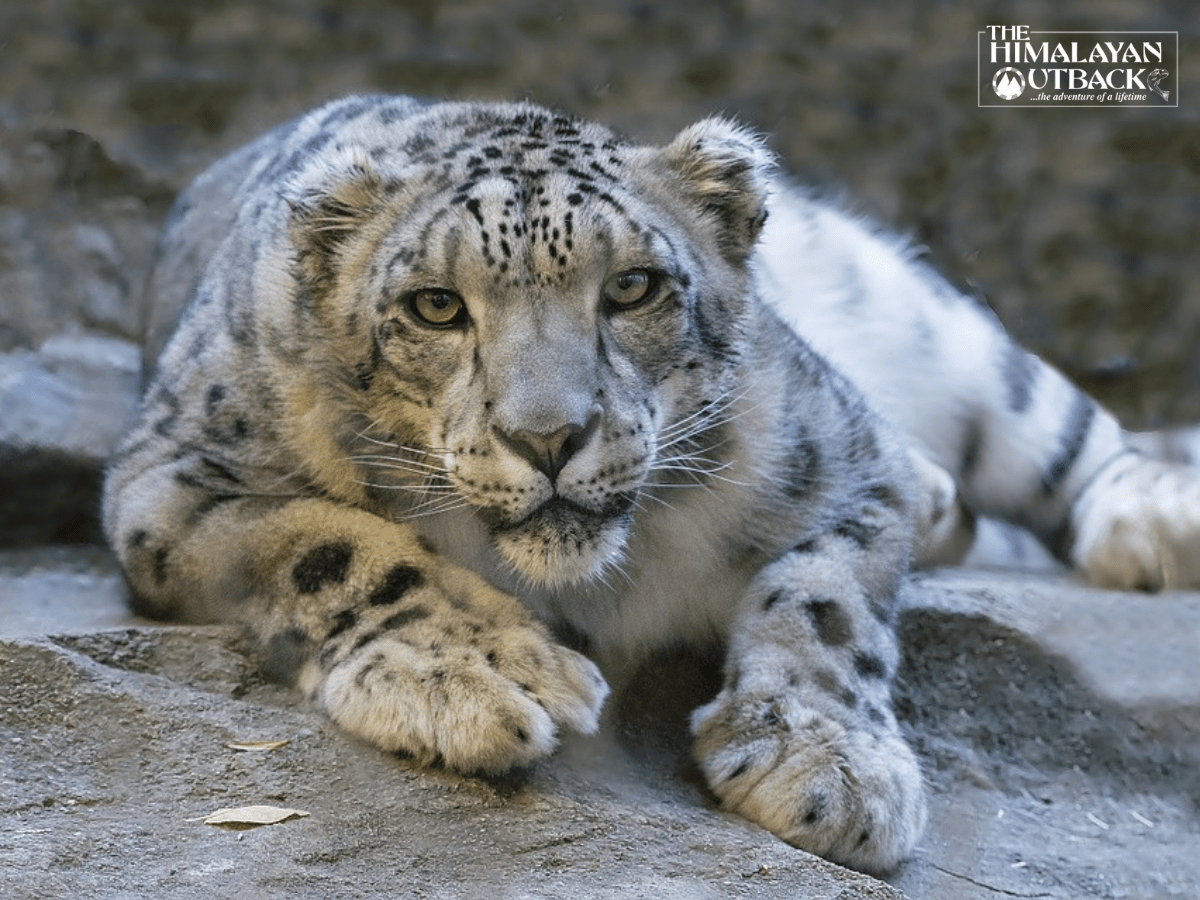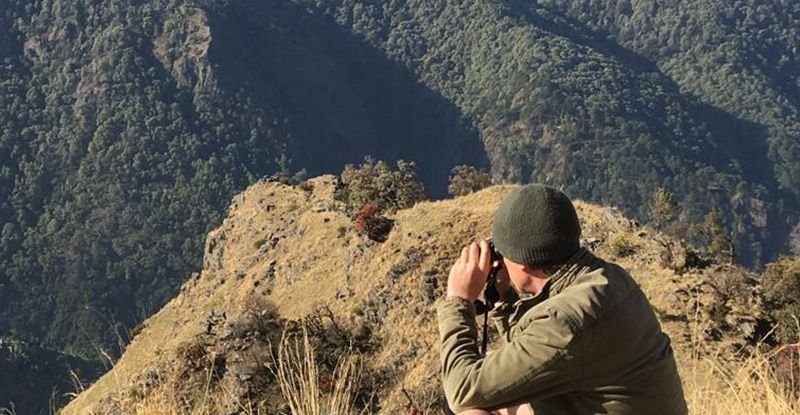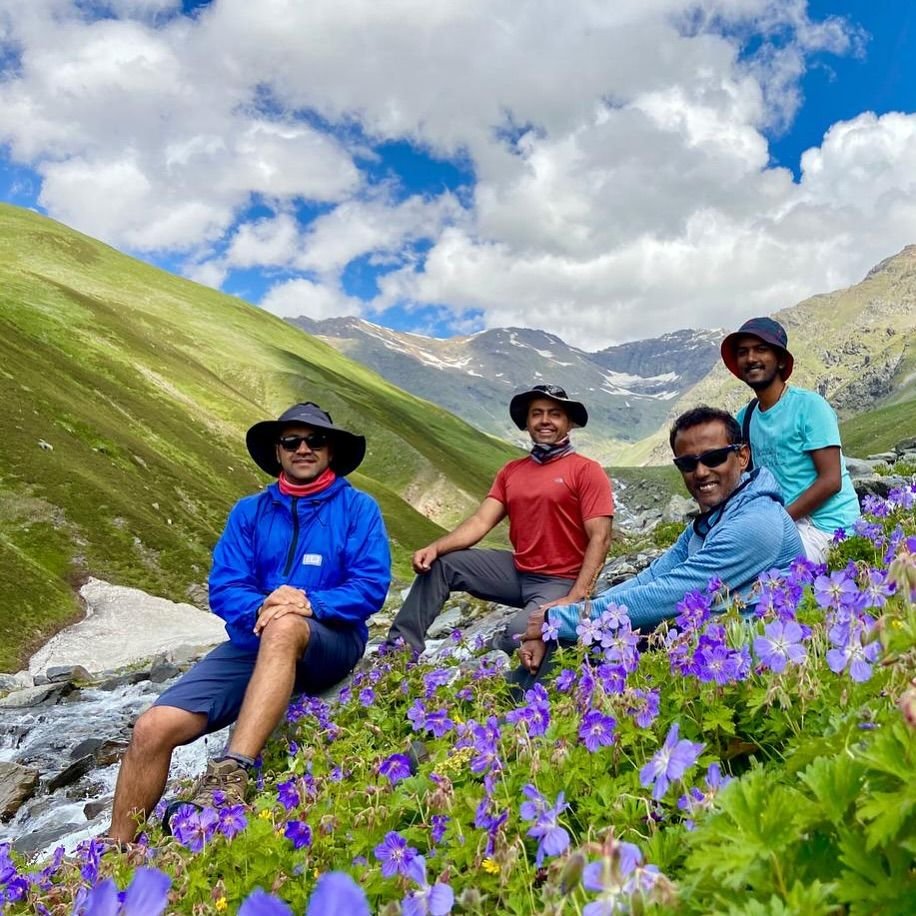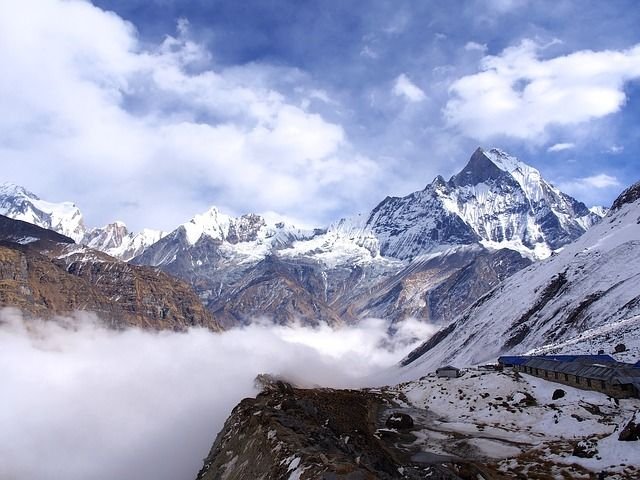Spiti Valley, nestled in the remote recesses of the great Indian Himalayan Desert, is home to some of the most breathtakin

g yet elusive creatures — the snow leopards. For adventure travelers and wildlife enthusiasts seeking encounters with the rare and majestic, Snow Leopard Trekking Spiti Valley can be a dream come true. This is a region renowned for its otherworldly beauty and as a crucial habitat for the ‘ghost of the mountains’, the snow leopard.
The Majestic Snow Leopard
There’s something ethereal about spotting a snow leopard — their ghostly beauty camouflaged against the stark, snowy landscape, reminding us of the wildness and grandeur of nature. The snow leopard, a solitary and elusive predator, is not just a beautiful creature but one that is deeply symbolic in the ethos of Himalayan cultures. Their graceful presence can indicate the health of an ecosystem that spans high above the tree line and down into the valleys.
Habitat and Behavior
The Himalayas are the primary abode of these majestic animals, renowned for their ability to traverse some of the most rugged terrains. Their home range is vast, and they often inhabit steep cliff areas and alpine meadows, stealthily stalking their prey. Yet, encountering them is not a common occurrence, making a sighting a deeply moving experience.
Ecosystem Significance
Snow leopards play a vital role in maintaining the ecological balance in their range, preying on wild herbivores that would otherwise overgraze fragile ecosystems. Protecting the snow leopard and its habitat is not just a matter of conservation, but a necessity to sustain the life cycles of numerous interconnected species across the Himalayas.
Experiencing Wildlife in its Natural Habitat
For those yearning to venture into the realm of this enigmatic feline, planning is critical. Expeditions are not only about basking in the presence of these beautiful creatures but also about appreciating the valley’s cultural nuances and the broader aspects of wildlife conservation in the region.
Typically, the best time for snow leopard tracking is from November to March, when the leopards descend to lower altitudes in search of prey, making sightings relatively more likely. This coincides with chilly winter temperatures and the onset of heavy snow, presenting the perfect conditions for both the trekkers and the leopards.
Local Regulations and Permits
Given the sensitive nature of the snow leopard and its habitat, strict regulations govern trekking activities in prime snow leopard areas. It is imperative for visitors to secure the necessary permits from local authorities and adhere to guidelines that aim to minimize human-wildlife conflict and the stress on the animals.
Choosing the Right Guides
Engaging guides with expert knowledge of the region and its wildlife is non-negotiable. These guardians of the wilderness not only enhance the safety and experience of the trek but are the conduit to understanding and respecting the local ecology and community.
The trek is more than just a quest for a sighting; it’s an opportunity to immerse oneself in the solitude and serenity of the Himalayas.
Arrival in Spiti
Starting from the gateway villages near Spiti, the expedition begins with a blend of excitement and reverence for the terrain you are about to encounter. Traditional homes and Buddhist monasteries contrast the wilderness you’re about to explore, offering a glimpse into the interconnectedness of culture and nature.
Traversing through snow-laden paths, travelers adapt to the silent rhythm of the mountains. The trek can be physically demanding, but the promise of snow leopard sightings and other wildlife sightings keep spirits high. Traditional practices like homestays integrate trekkers into the fabric of local life, exemplifying the hospitality of the Spitian people.
Observing Wildlife
During the trek, travelers may witness a variety of wildlife in addition to the snow leopard — from blue sheep nervously scanning the ridgelines to the Himalayan ibex gracefully moving along the vertical terrains. Birdwatchers are in for a treat as well, with the Lammergeier vulture, Himalayan griffon, and golden eagle frequenting the skies.
Environmental and Wildlife Conservation
Responsible tourism and conservation efforts go hand in hand in Spiti. The expeditions contribute to the local economy and foster a sense of stewardship toward the fragile ecosystem.
Trekking operators and local communities are investing in initiatives that aim to protect snow leopard habitat and reduce the impact of tourism on the environment. This includes practices like waste management, sustainable tourism infrastructure, and careful zoning of trekking corridors.
Wildlife Research and Monitoring
Tourism in Spiti supports crucial research and monitoring programs focused on the snow leopard and its prey species, providing invaluable insights into the patterns of movement of these elusive animals and the health of their habitat.
Local communities are integral to the success of conservation efforts. Tourism enterprises often prioritize hiring from these communities, reinforcing the connection between livelihoods and the health of the environment.
Inspiring Future Generations
The sight of a snow leopard, or even just the adventure spirit in Spiti, has the power to inspire future stewards of the environment.
Many expeditions involve educational components, where trekkers learn about the unique challenges that the region faces and how they can make a difference. These interactions with experts and local youth can ignite a spark of curiosity and passion for the outdoors.
Beyond education, expeditions contribute directly to local communities through revenue sharing, which can go a long way in supporting education, healthcare, and infrastructure development.
The experiences garnered from these expeditions filter back into the urban landscapes, potentially shaping a conservation ethos among visitors. This passion, when shared and amplified, can become a potent force for global conservation efforts.
Snow leopard expeditions in Spiti Valley are not just about ticking a box on a wildlife enthusiast’s bucket list. They’re about connection — with the snow leopards, with the natural world, and with local cultures that have coexisted with this wildlife for centuries. The delicately balanced eco-tourism model in Spiti is a testament to what can be achieved when humans tread lightly and respectfully in the homes of these magical beasts.







